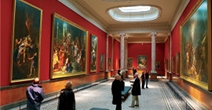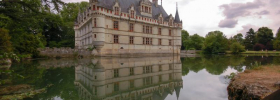 Home
Home- > Tours
- > Poitou-Charentes
- > Deux-Sèvres
- > Chef-boutonne
- > Chef-boutonne
Chef-boutonne
| Topic | Sciences and discovery |
| Departure | CHEF-BOUTONNE (79) |
| Details | Chef-Boutonne located at 80 km from Poitiers (Futuroscope), 100 km from the La Rochelle, 40 km from Niort (Venice Verte) and 60 km from Angouleme. This small village of countryside owes its name with the river Buttons it, which takes its source in the middle of the city, under the Laundrette of the street of the Fountain, where the name of " chef" for the head of Boutonne. |
Discover the history of Chef Boutonne

Chef Boutonne, originally called Caput Wulton, is named after the river Boutonne which rises there.
The current population of the town, the main town of the canton of the same name, is 2,200. It is a commune with a long history.
Several historic remains such as Gallo-Roman dwellings at Javarzay and Le Pouzac and a Merovingian burial site, where a terracotta jewel box, coins and pottery were found, bear witness to this.
From the Middle Ages several lordships, Gontaut-Biron, La Rochefoucauld and then Lamoignon, succeeded each other. The last marquis of Chef Boutonne was the Marquis Lamoignon de Malesherbes, known for having defended Louis XVI at his trial.
During the French Revolution, Javarzay and Lussais, which had been separate communes, became part of Chef Boutonne.
A native of Chef Boutonne, Jean-François Cail, born in 1804, brought fame to the town by becoming one of the most important industrialists of the 19th century. He was also a leader in many other fields.
The history of the town and its inhabitants has been closely linked to the evolution of agriculture. The reduction in agricultural activity has seen the local economy turn more to the services sector and tourism.
This rich history is illustrated by the important buildings, the houses and the streets of the town.
Accommodation nearby
Castle of Javarzay

An ancient monument, the castle of Javarzay, built in 1514 by François de Rochechouart on the site of an earlier castle, had 12 towers, a drawbridge and a round tower complete with machicolations.
To-day only two towers remain. The château with its orangerie, conical slate covered roofs and chapel is an example of Renaissance architecture in the Deux-Sèvres.
It houses the Headdress museum, and an exhibition about Jean-François Cail.
In addition there is an exhibition room for temporary exhibitions.
Since 1982 the château and its outbuildings, together with the grounds, have been the property of the commune.
In 1996 a lake was created in the grounds behind the château.
Tourists, anglers and walkers of all ages are frequent visitors to the site.
Accommodation nearby
The churches in Javarzay
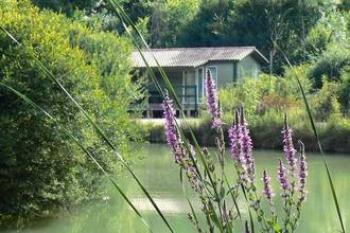
- The Church at Javarzay
This Romanesque church, dedicated to Saint Chartier and classified as an ancient monument in 1840, was built towards the middle of the 12th century. It contains some 100 sculptures and a tombstone carved in 1211. On one of the minor roads to Santiago de Compostella it was enlarged during the 16th century in order to accommodate the numerous pilgrims. In consequence the choir and portal add a Renaissance aspect to the building.
- The Church of Notre Dame
Built between 1824 and 1830, the Church of Notre Dame is on the site of Chef Boutonne Castle. The architect, Pierre-Théophile Segretain, based his design on the neo-classical style, very much in fashion at the time, and hence the resemblance to the Madeleine in Paris.
Accommodation nearby
Castle of Chef-Boutonne
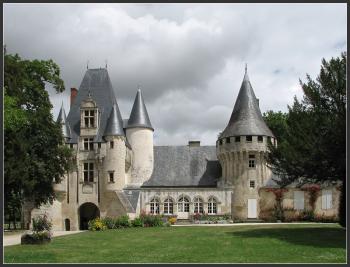
The castle was built on the rocky spur overlooking the source of the Boutonne. All that remains of this castle are the bases of two towers and a section of the outer walls. The place Malesherbes takes its name from the last marquis of Chef Boutonne, Louis XVI’s legal adviser at the time of the Revolution. There is a fine view over the town from the ramparts behind the church.
Accommodation nearby
Latest news on : Chef-Boutonne
Tourism near
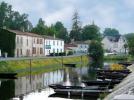 Visit the city of Chef-boutonne
Visit the city of Chef-boutonne - 1 Museum
Tours
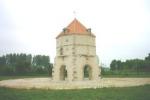 Sauzé-Vaussais city
Sauzé-Vaussais city
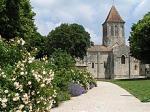 Melle city
Melle city






















